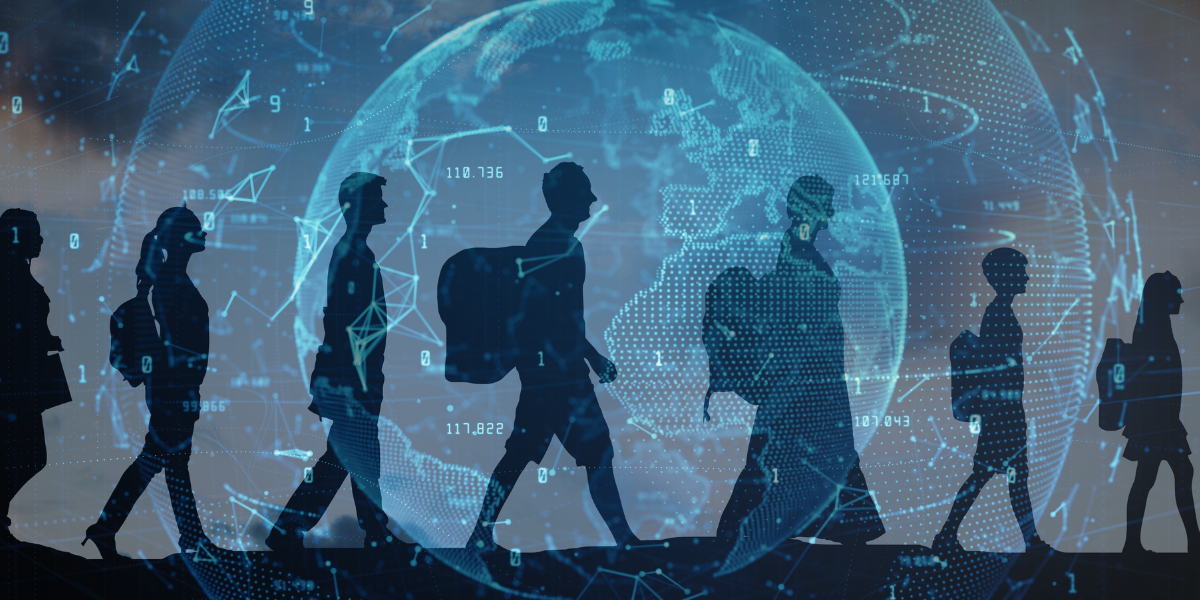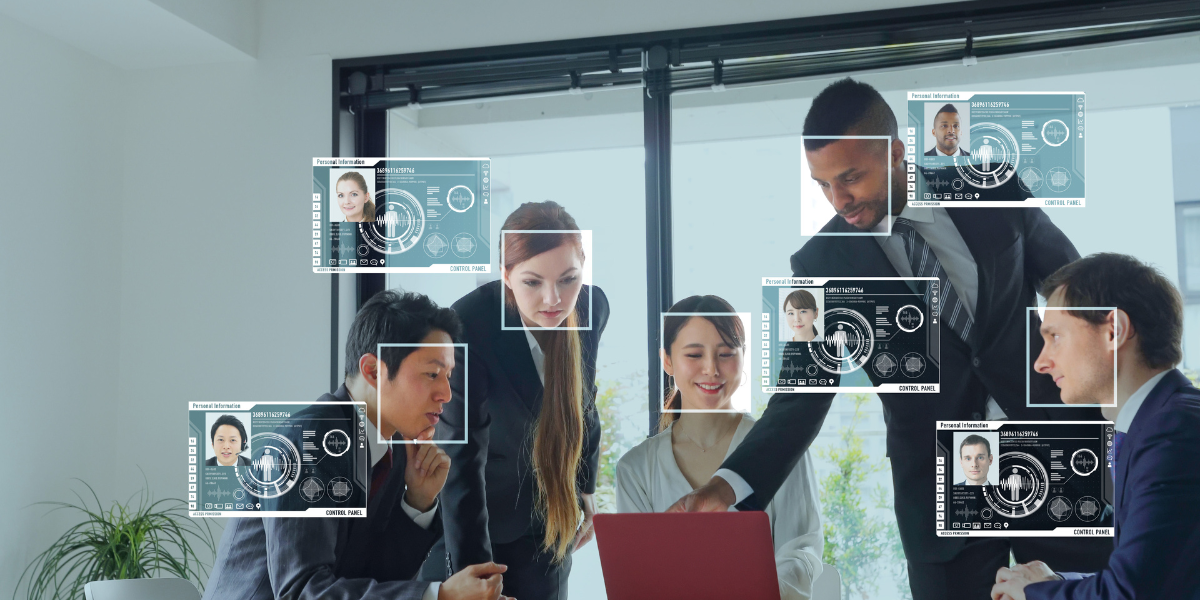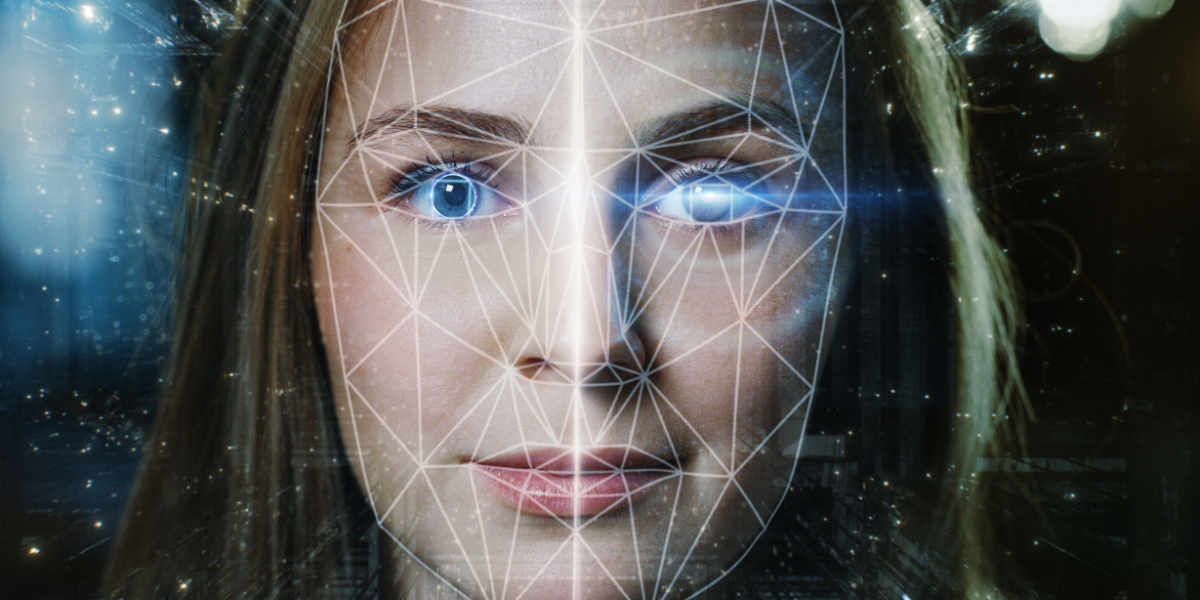
The Future of Healthy living: Biometric Access Control in Gyms
In the digital age, technology continues to reshape various aspects of our lives, including how we access facilities like gyms.

In the digital age, technology continues to reshape various aspects of our lives, including how we access facilities like gyms.

In an era where information is a prized possession, businesses and organisations cannot afford to underestimate the importance of robust

At the end of 2022, 108.4 million people worldwide became displaced as a result of conflicts like the war in

At Arana Security we are dedicated to providing cutting-edge biometric solutions that help improve security, provide a better customer experience,

In this article, we’ll explore five ways how the use of biometrics in the banking industry is enhancing security and

At Arana Security, we understand the importance of having a secure and robust security system, its benefits and how it

In this article, we’ll look at biometric identification and the pivotal role it could play in the near future to

At Arana Security, many of our products including our facial recognition solution, integrate the latest advances in artificial intelligence (AI)

At Arana Security, we have worked with industry experts to create state-of-the-art contactless biometrics solutions. In this article, we delve

At Arana Security, we’ve seen an increase in the instalment and use of biometrics in developing countries and wanted to













Want to discuss your security or need advice? Our team are always on hand to help
Or Call Us On:
Sign up to our newsletter to receive the latest on biometric and security solutions



